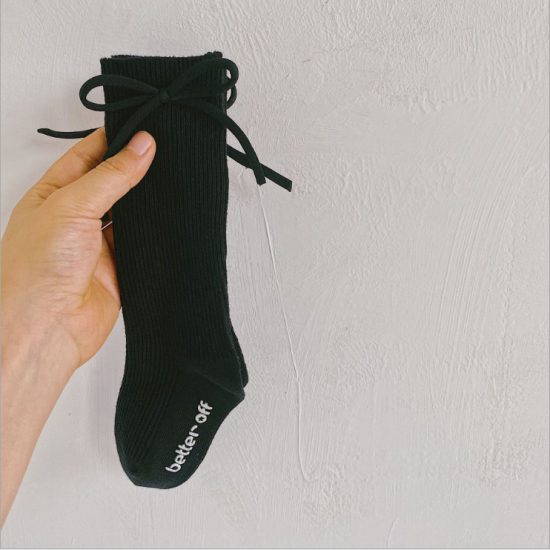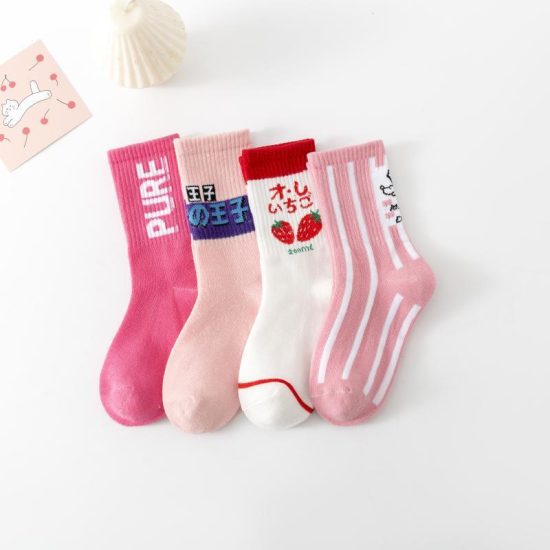Anti-blister technology in athletic socks is designed to reduce friction, moisture, and heat buildup, which are common causes of blisters. Let’s unravel the mystery behind this technology:
- Moisture Management: Moisture-wicking properties are essential in anti-blister technology. These socks are made with materials that efficiently pull moisture away from the skin, allowing it to evaporate quickly. By keeping your feet dry, moisture-wicking socks reduce the likelihood of blister-causing friction.
- Friction Reduction: Anti-blister socks often feature smooth and seamless construction to minimize rubbing and friction against the skin. Blisters form when repeated rubbing causes layers of skin to separate. By eliminating or minimizing rough seams and other potential friction points, anti-blister socks reduce the risk of blisters.
- Padding and Cushioning: Some anti-blister socks have additional padding or cushioning in specific areas, such as the heel and forefoot. This padding absorbs shock and reduces the pressure on these high-impact areas, lowering the chance of blisters forming due to excessive force or rubbing.
- Arch Support and Compression: Socks with built-in arch support or compression can help prevent excessive foot movement and reduce the likelihood of blisters. Arch support stabilizes the foot, reducing the risk of friction, while compression enhances blood circulation and prevents excess material movement, reducing friction as well.
- Breathability and Ventilation: Anti-blister socks often incorporate mesh panels or ventilation zones to promote airflow and heat dissipation. By allowing air to circulate around the feet, these socks help keep your feet cool and reduce moisture buildup, which can contribute to blister formation.
- Moisture Barrier: Some anti-blister socks use a hydrophobic coating or special fibers to create a moisture barrier between the sock and skin. This barrier helps to prevent sweat and moisture from accumulating, reducing the chance of blisters.
- Proper Fit: An important aspect of anti-blister technology is ensuring a proper fit. Socks should fit snugly without being too tight or loose. A secure fit reduces movement and friction, minimizing the risk of blisters.
It’s important to note that while anti-blister technology can significantly reduce the occurrence of blisters, individual factors such as foot shape, gait, and personal sensitivities may still play a role. It’s advisable to try different brands and styles to find the anti-blister socks that work best for you.
Remember, even with anti-blister technology, it’s still important to practice good foot hygiene, wear properly fitting shoes, and gradually break in new footwear to further minimize the risk of blisters.

